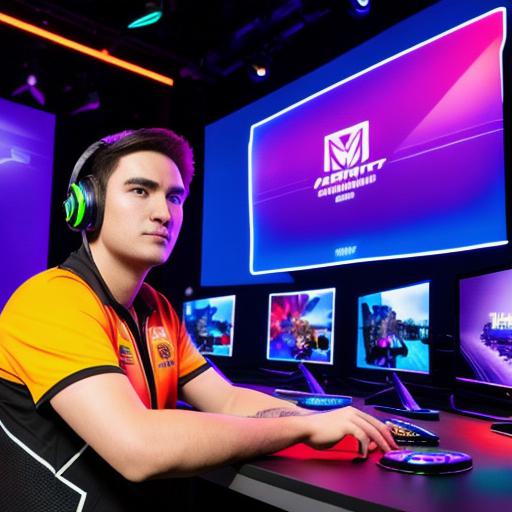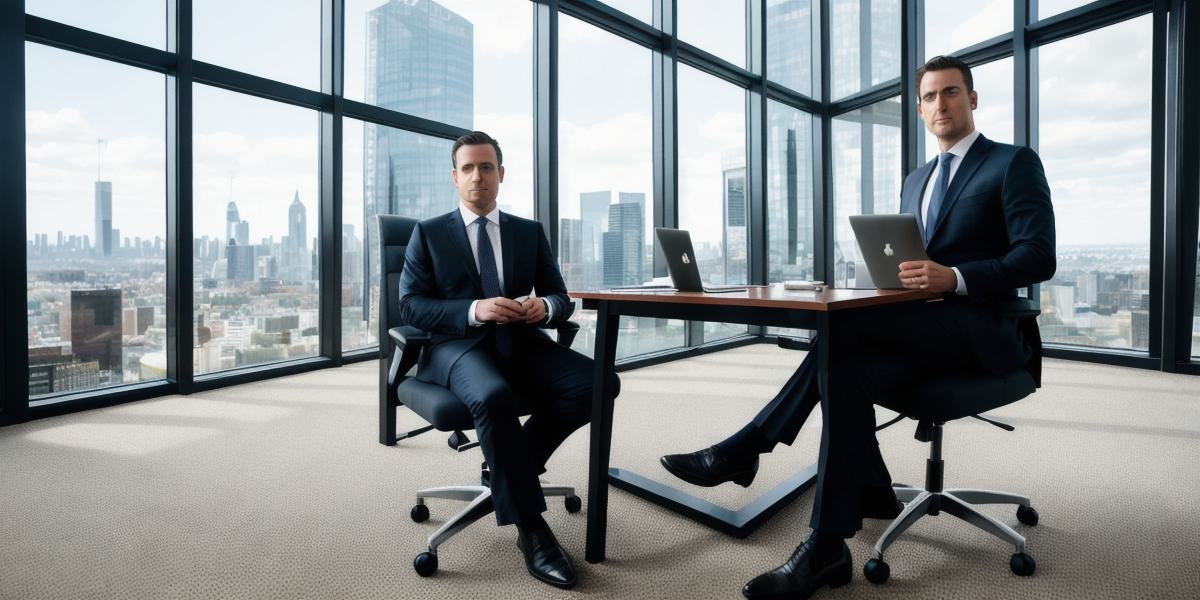Introduction:
In recent years, the rise of eSports has become a mainstream phenomenon, with millions of people worldwide tuning in to watch their favorite teams compete in popular games such as Dota 2 and Valorant. However, for Tier One CEOs, these games may be more than just entertainment – they could also present serious risks to the organization’s productivity and reputation. In this article, we will explore the reasons why Tier One CEOs should consider blacklisting Dota 2 and Valorant teams, as well as strategies for mitigating these risks and promoting a healthy workplace culture.
The Risks of Gaming in the Workplace:
While some studies suggest that gaming can have cognitive benefits such as improved problem-solving skills and enhanced memory, there are also potential drawbacks to consider. For example, excessive gaming can lead to addiction and decreased productivity levels, causing employees to fall behind on their work or miss deadlines. In addition, gaming can be a source of distraction, with employees becoming easily distracted by the game’s intense graphics and fast-paced action.

One case study that highlights the potential risks of gaming in the workplace is that of Zappos, an online shoe and clothing retailer based in Las Vegas. In 2014, the company introduced a new policy that banned employees from playing video games on work computers during work hours. The decision was based on research that showed that gaming can have negative effects on productivity and focus, as well as on the fact that many employees were using company computers to play games instead of working. As a result of the policy change, Zappos reported an increase in employee productivity and a decrease in absenteeism rates.
The Risks of Dota 2 and Valorant:
Dota 2 and Valorant are two of the most popular eSports games in the world, with millions of players worldwide competing in tournaments and leagues. While these games can be a fun way to unwind and bond with colleagues, they also present unique risks for Tier One CEOs. For example, Dota 2 is known for its intense, strategic gameplay and high levels of skill required to master, making it a potentially time-consuming distraction for employees. Valorant, on the other hand, is a fast-paced, first-person shooter that can be highly addictive and require a significant amount of practice to improve at.
In addition to these risks, Dota 2 and Valorant also present unique challenges for Tier One CEOs in terms of managing their teams’ participation in eSports events. For example, many eSports tournaments take place during work hours or weekends, making it difficult for employees to balance their work and personal lives. Additionally, eSports can be a highly competitive and sometimes aggressive environment, which may not align with the values of some organizations.
Strategies for Mitigating Risks:
Fortunately, there are several strategies that Tier One CEOs can use to mitigate the risks associated with Dota 2 and Valorant in the workplace. For example, they can establish clear policies around gaming during work hours, such as setting limits on how much time employees are allowed to spend playing games or requiring them to take breaks to focus on their work.
In addition, Tier One CEOs can encourage employees to participate in eSports events outside of work hours, providing them with the opportunity to compete and bond with colleagues without disrupting their workday. This approach can also help to promote a healthy workplace culture that values both work and play.
Finally, Tier One CEOs can leverage technology to monitor their employees’ gaming activity and ensure that it is not interfering with their work. For example, they can use software that tracks employee productivity levels and alerts them when an employee is spending too much time on non-work-related activities such as gaming.
Summary:
In conclusion, Tier One CEOs should be aware of the potential risks associated with Dota 2 and Valorant in the workplace, including decreased productivity levels, distraction, and addiction. However, with careful planning and management, these risks can be mitigated and employees can still enjoy the benefits of gaming while maintaining a healthy work-life balance. By setting clear policies around gaming during work hours, encouraging participation in eSports events outside of work hours, and leveraging technology to monitor employee productivity levels, Tier One CEOs can promote a healthy workplace culture that values both work and play.
